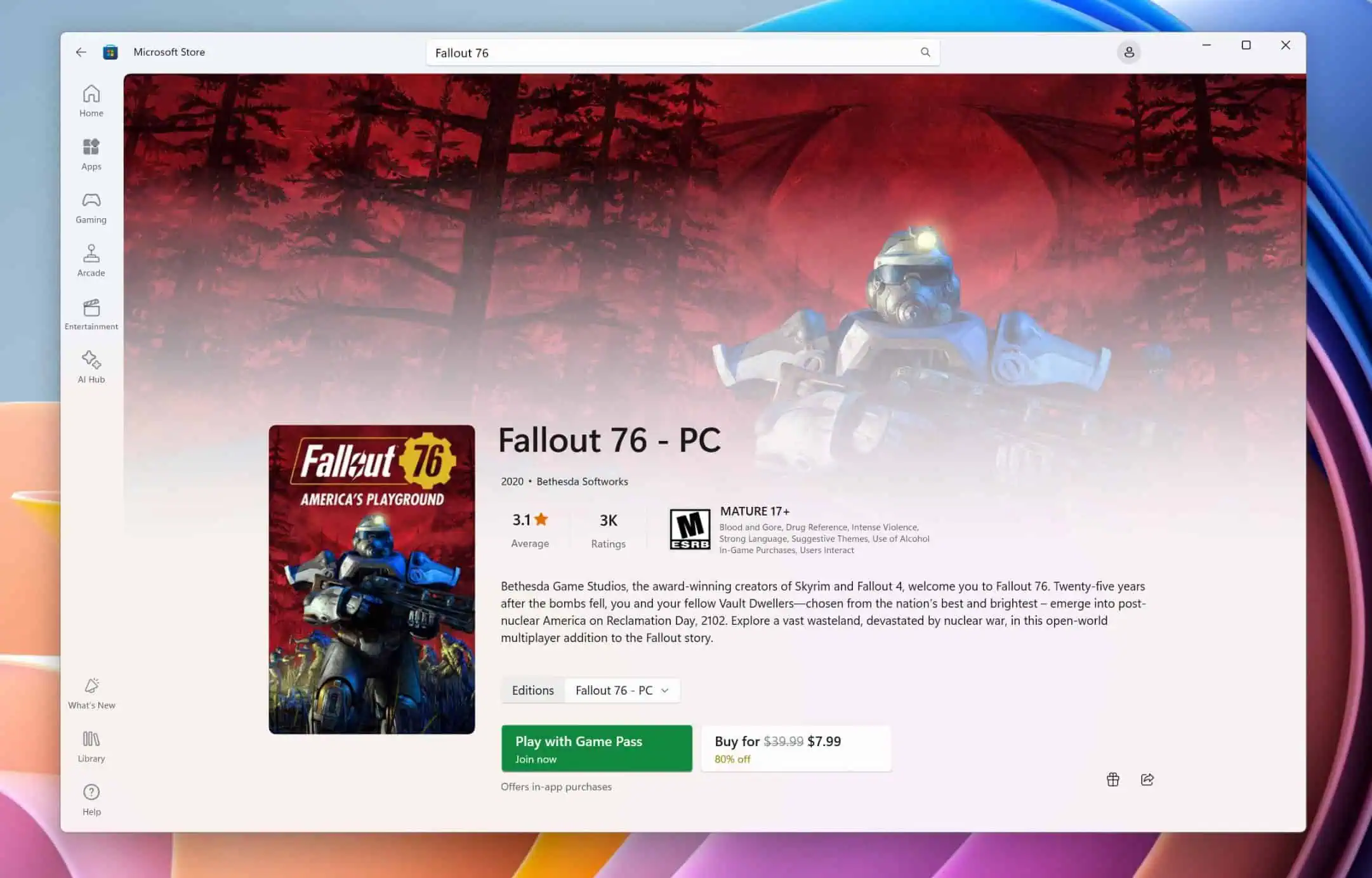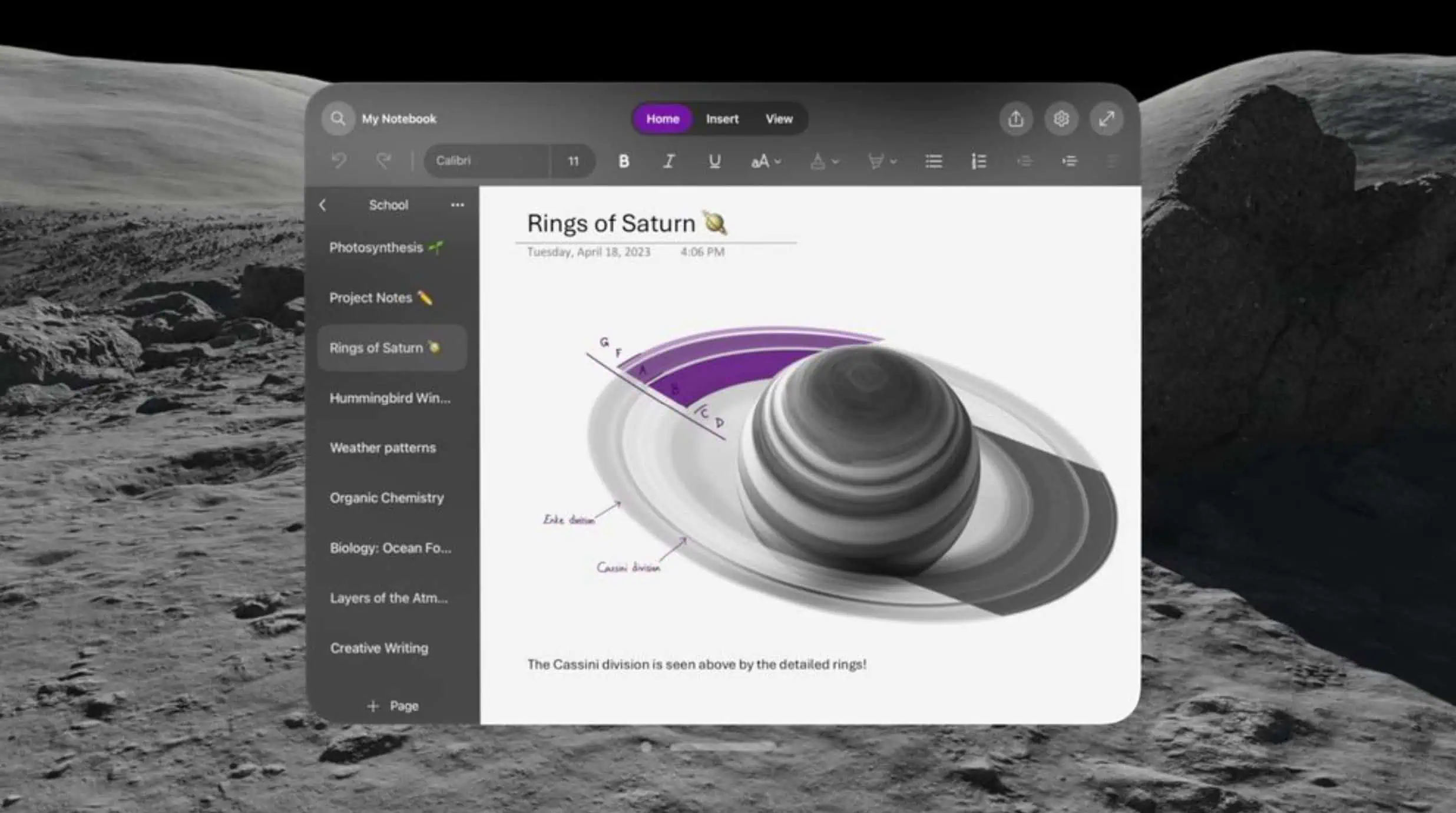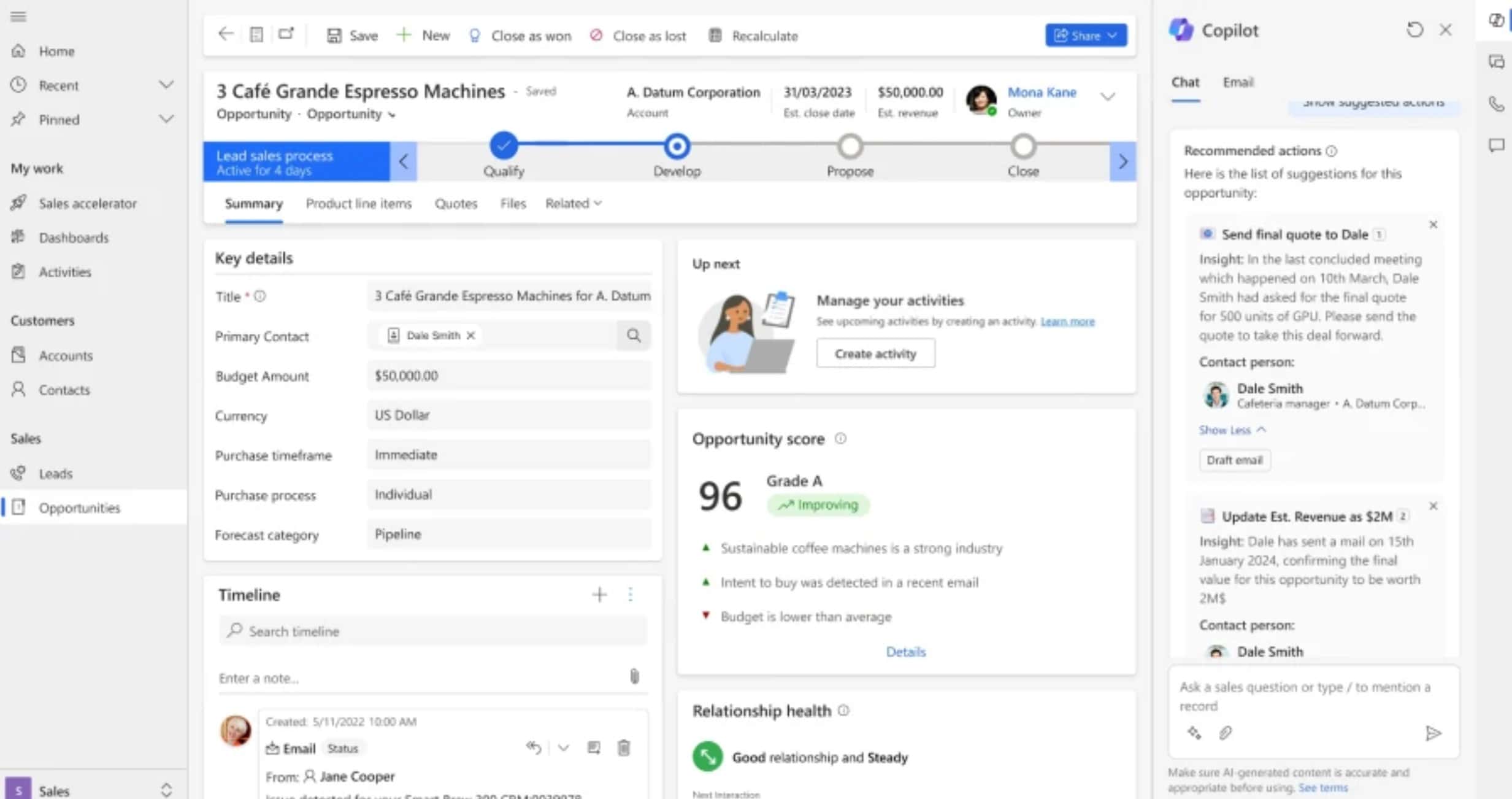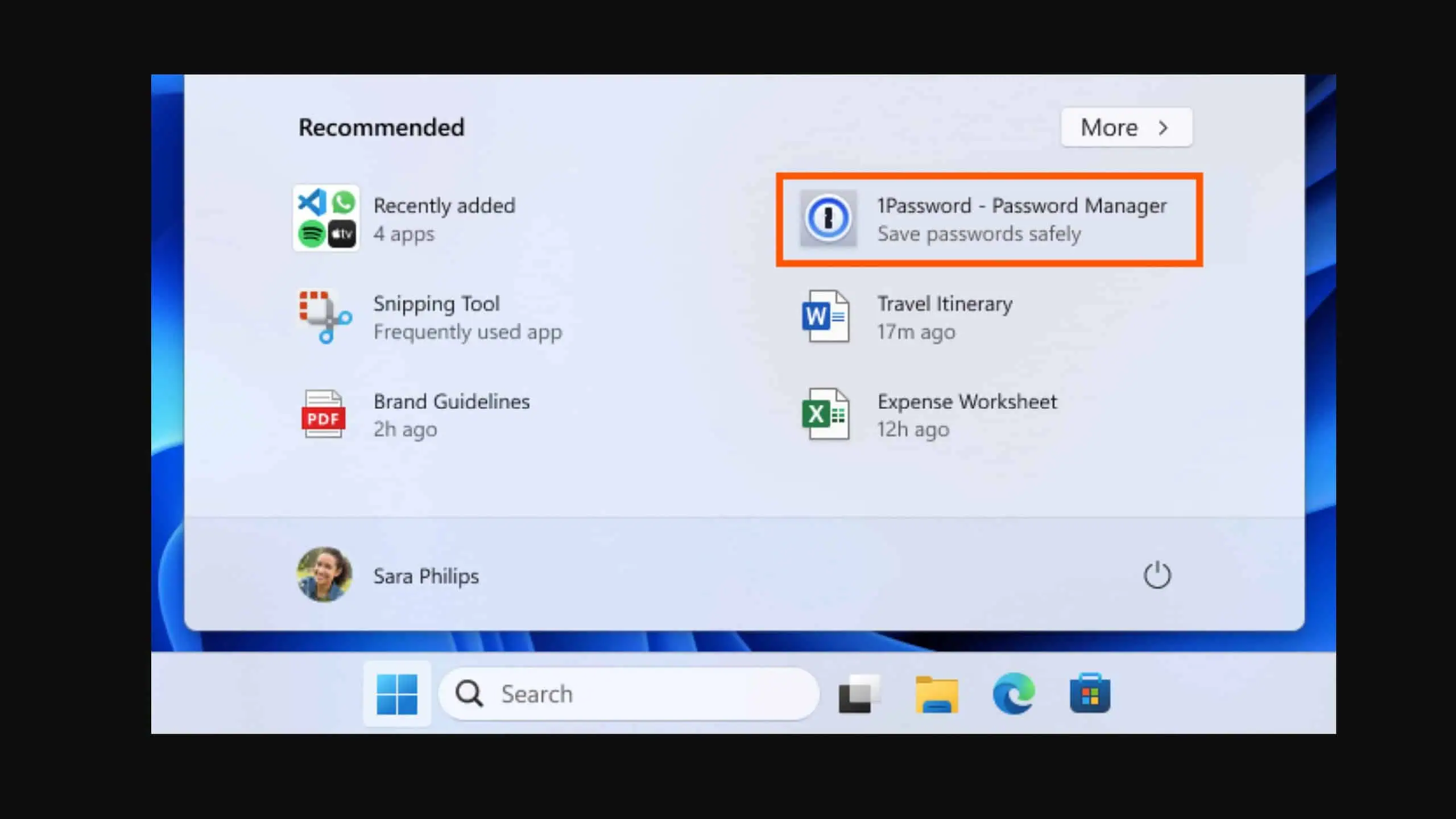Microsoft likely has your Windows 10 recovery key, but that's okay
2 min. read
Published on
Read our disclosure page to find out how can you help MSPoweruser sustain the editorial team Read more
The internet is abuzz with a feature in Windows 10 — which in reality has existed since Windows 8.1 — and how this certain feature could potentially put your data at risk. But if you’re worried, you can disable the feature. But before we dive into it, let’s see what all the chatter is about.
The Intercept reported this week about disk encryption, also known as device encryption, that exist on Windows 10, and allows users to store their recovery key to OneDrive. This feature is turned on by default for those who sign in their computer using a Microsoft account (Outlook/Live email address).
The publication asserts that if somebody gleans access to your Microsoft account, or if Microsoft’s servers are hacked, there are chances that an unauthorized personnel will get access to your Windows 10 recovery key. This in turn, will mean that your hard drive’s data can be compromised.
Does it scare you? It shouldn’t actually. You see, there is a reason why Microsoft has given users an option to make a copy of their recovery key and store it to the cloud. It is because when you hold the copy on your computer, in an event of your system’s motherboard failure, odds of you managing access is pretty low. So Microsoft lets you keep your recovery key in the cloud, so that you have a place from where you can retrieve it.
So that is the reason why device encryption exists on your device, and why Microsoft stores your recovery key in the cloud. However, if you aren’t comfortable with it, you can always use an alternative encryption service. Pro and Enterprise Windows versions come with BitLocker, it is also worth your time. In the meanwhile, if you want to find out whether Microsoft has your recovery key, you can go to this link. In case it does, and you want to remove it, you’ll see an option there.









